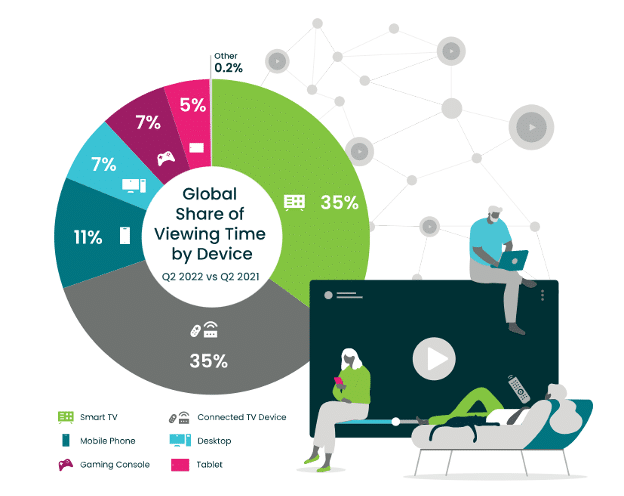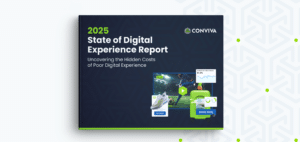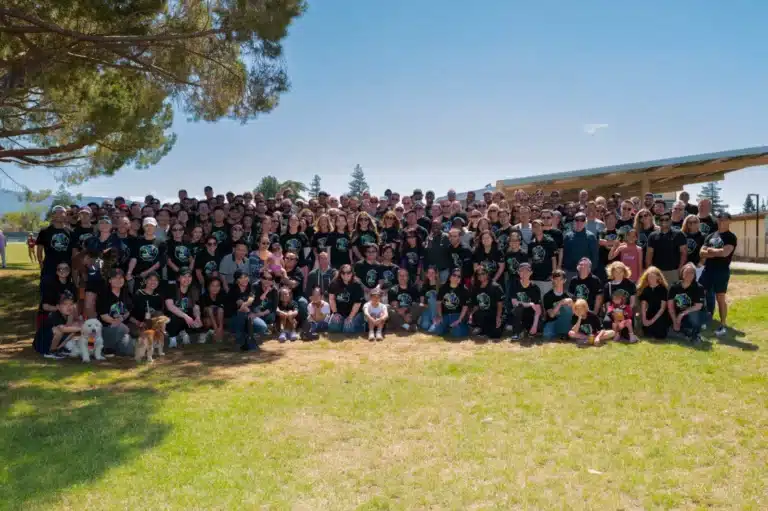When it comes to optimizing your content delivery network, the multi-CDN model is complex and far from failure-proof. Oversimplification leads to a high cost of ownership, inefficient latency mitigation, and late, potentially counterproductive responses to a higher-than-average number of service issues.
Multi-CDN can’t really be simple, but you can use strategy and analytics to make it easy to manage and configure. Learn how to start balancing the resources of your organization against the realities of these complex network architectures.
Key Takeaways:
- Multi-CDN is the industry standard, but enterprises don’t usually build to take full advantage.
- Making smart decisions requires lots of data — and accountability through closed-loop feedback.
- Rerouting in particular demands close attention to detail; otherwise, it can cause more problems than it solves.
Set Up Real-Time Monitoring and Workflows
Multi-CDN architectures are the norm for online media, especially when it comes to applications such as video on demand and live broadcasting. The higher you go in terms of bandwidth requirements, the more essential these types of techniques are to quality of experience.
Your CDN strategy is going to become more relevant in the current landscape of increasing Ultra High Definition streams. However, volatility could also have even more impact on streams, depending on the relative pace of 4K and 8K adoption versus the development of network infrastructure.

To be competitive, your service has to think beyond planning ahead for standard indicators of high network traffic, such as peak usage times and publication or broadcast schedules. You need a real-time view of network performance.
If you’re monitoring constantly across your network, you’ll always be in a position to take action. Standardized or automated processes round out the strategy, providing the fastest possible resolutions following your real-time alerts.
Know Everything About the Client Experience
Your ability to analyze and dissect every aspect of the audience experience is directly related to the effectiveness of your multi-CDN strategy. Here are some general tips on how to manage this analysis:
- Collect every dimension you can
- Use AI-assisted services to hone in on key insights
- Prefer census over sample data
- Investigate correlations with other key elements, such as end-user devices and video quality
The reason you need analytics directly from the client is simple. The only practical way you can currently manage or even understand such a complex architecture is through a full census measurement. There are hundreds of thousands of potential network paths, but they all end in that one (ideally) standard audience experience.
Target Your Interventions
When you need to reroute, you have a choice. You can make sweeping configuration changes or target your interventions.
Your service issues might occur at various levels. If you’re tracking the right metrics, your tech ops teams should be able to hone in on the problem and solve it before it degrades the viewer experience.
Origin
Point-of-origin problems can occasionally look like CDN issues. Organized analytics should help you notice discrepancies before you reroute unnecessarily.
ISP
Problems with internet service providers can disrupt multiple regions at once. ISP-level events typically benefit the most from a major reroute, but they definitely aren’t the only issues you’ll see.
CDN
You can have various outages related to CDNs and CDN vendors. Sometimes the same tactics that work for ISPs also work for CDN problems. Sometimes those tactics are overkill.
Client
Client problems can masquerade as issues elsewhere in the network. For example, an entire region could have a large proportion of a single device type that’s causing issues. Real-time, census-based analytics should identify this type of situation effortlessly.
Targeting interventions is useful beyond identifying underlying issues. It saves engineering resources by preventing the almost-inevitable problems that come with shifting huge sections of your audience from one resource to another.
Secure Your Routes — and Secure Your Routing
Possibly the easiest mistake to make in terms of oversimplifying your CDN strategy is depending on unsafe pathways. In other words, a publisher can create single points of failure through which the entire resilient, scalable CDN strategy can fail.
One major example is the choice of method for CDN load balancing. Nearly all VoD services could benefit from load balancing, and many streaming applications depend heavily, or even exclusively, on layer-4 load balancing via the Domain Name System. That type of dependence leaves all network routes vulnerable to DNS issues, basically negating the failover benefit of the multi-CDN architecture.
An alternative in this case would be an API layer behind your web service. Besides removing the risk associated with depending on the accrued DNS layer, this approach would also let you capture more data than a transport-layer-only routing method. That in turn would help you make better, more granular decisions.
DNS doesn’t go down that often, but that’s not really the issue. The issue is committing resources to resilience and scalability while building something into the system that could undercut all of that effort.
Keep a Future-Focused Mindset
The multi-CDN approach can increase the resiliency of your network. You have to build it correctly, configure it well, and monitor it in real time. Even then, you’ll probably still have issues.
It’s easy to get complacent when it comes to the decisions you make about your CDN configuration and issue resolution. It’s easy to start reacting instead of continuing to build the best possible network.
The key to keeping a future-focused mindset in this situation is a closed-loop system that shows you the results of your decisions. Each routing decision you make has consequences. Track those consequences and use them as benchmarks to compare the results of various alternate decisions.
With a closed feedback loop and your granular audience experience data, you’ll be able to tell whether you made the best possible routing choices. You can then use that information as the foundation for future success, whether through automation, issue prevention, resource allocations, or even vendor negotiations.
Avoid Shortcuts
Here’s the bottom line: Don’t oversimplify. Finding a shortcut can be great when delivering video streams. Shorter paths usually mean higher quality and lower costs. Skipping steps is not so helpful when you’re attempting to investigate a service issue or configure your CDN.
Let Conviva get you the insight you need to make informed decisions. Contact us directly or schedule a demo today.





